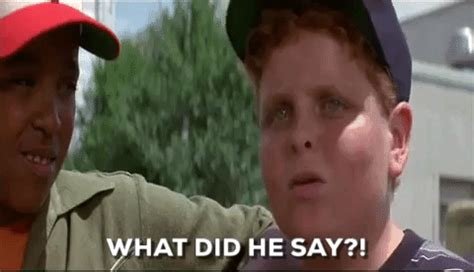matechakeric
Active member
- Joined
- Dec 15, 2020
- Messages
- 439
Corey Jacobson talks about south facing openings as where he looks for grass growing but Randy Newberg talks more about northly facing hillsides that are protected from the direct rays of the sun as best. Which is the better source for grasses typically in northern rocky states?





